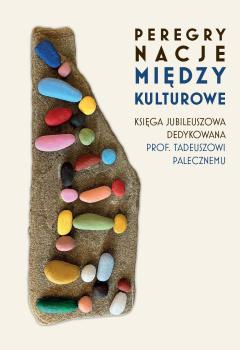Czy killer może być buddą? Analiza religijnych inspiracji kina hongkońskiego na przykładzie filmu Płatny morderca Johna Woo
Streszczenie
CAN KILLER BE BUDDHA? AMALGAM OF DAOISM, CONFUCIANISM, BUDDHISM AND CHRISTIANITY AS THE PHILOSOPHICAL (AESTHETIC) FOUNDATION OF HONG KONG CINEMA
Analysis of the phenomenon using John Woo’s The Killer as an exemple. The text is a film and culture analysis of John Woo’s 1989 film The Killer, considered as a flagship production of Hong Kong cinematography. The author argues that Woo’s work is an amalgam of the philosophical (religious) content characteristic of Hong Kong cinematography, which, due to its geographical, political, and above all cultural location, was shaped by both Chinese and Western culture. Where Chinese culture appears as a cluster of traditional ideas that have shaped the mentality of the Chinese for millennia (Taoism, Confucianism, Buddhism) as well as Western influences (Christianity). Strengthened especially during the British protectorate of Hong Kong in the 20th century. The analysis proposed by the author uses the theoretical stance developed by, among others, prof. Tadeusz Paleczny, who perceives cultural products, including audiovisual messages (including films), as extremely important – from the point of view of contemporary cultural anthropology – cultural media, the study of which reveals the mechanisms of the functioning of societies, in a broad research aspect. In this approach, a film such as The Killer – an action film seemingly made for commercial purposes, combining the aesthetics of Far Eastern cinema with elements of Western cinema, appears as an important research subject, the analysis of which shows the transcultural nature of not only the cinematography (and culture as such) of the society of the Fragrant Harbour, but also reveals the basic features of Chinese culture as such, based on exchange, fluctuation, fluidity and constant transformation, but taking place within traditional ideological frameworks reaching back to the past.





